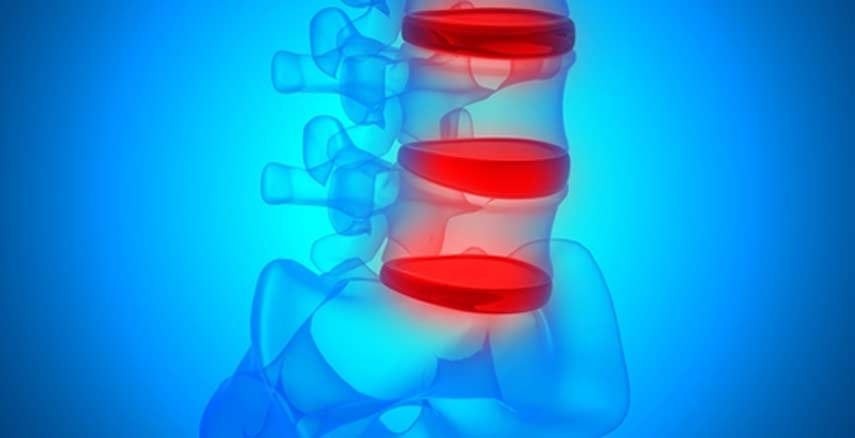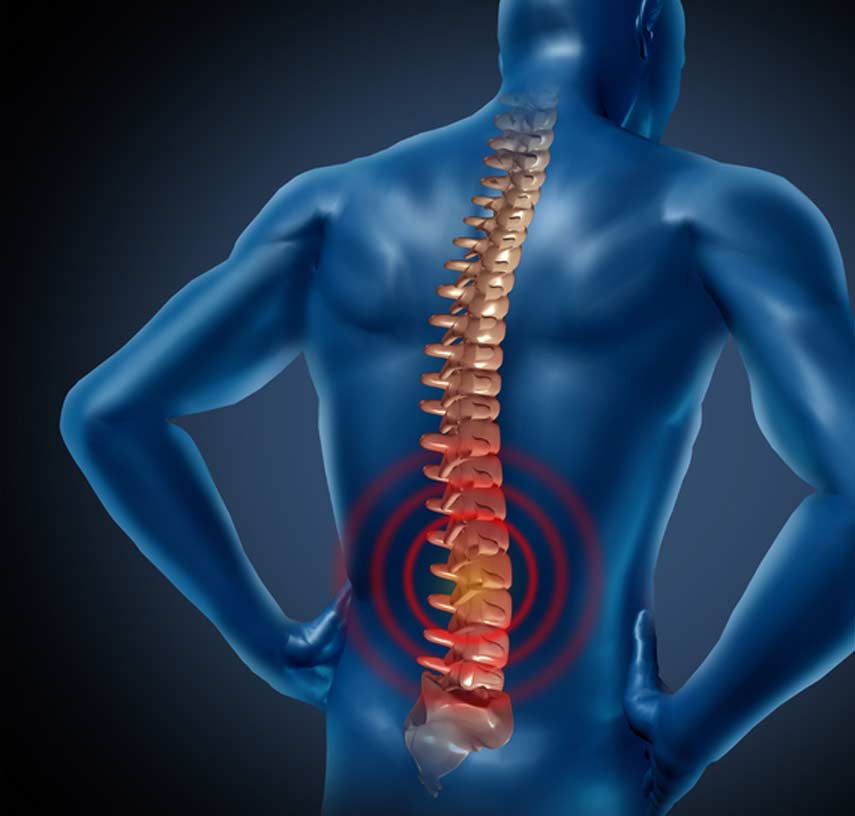
A discectomy is a procedure that’s done to remove all or part of a damaged or herniated spinal disc.
This option tends to be most effective when symptoms include radiating pain, numbness, tingling sensations, or weakness caused by nerve irritation. While there are several ways to perform this procedure, it’s becoming increasingly common for disc removal surgery to be completed with minimally invasive techniques involving smaller incisions and fewer patient risks.
What Does a Discectomy Accomplish?
The purpose of a discectomy is to relieve pressure on nerves near the spine. This procedure may be necessary if inner disc material pushes outward. When an injury that may affect a spinal disc occurs, such as a slip-and-fall accident or damage due to repetitious work-related tasks, the resulting nerve pressure can have a significant impact on your daily quality of life. If this happens, a discectomy may be performed to accomplish goals that include:
- Improving your ability to walk or stand without difficulty
- Reducing your reliance on medications not meant to be used on a long-term basis
- Relieving pain that’s radiating to your legs, thighs, buttocks, arms, or shoulders
- Controlling symptoms better than what you’ve experienced with conservative treatments you’ve tried for several months


What Happens Before a Discectomy Is Performed?
Before a discectomy is performed, you’ll likely undergo a series of tests to determine if a disc problem is really what’s causing your symptoms. These tests typically include image tests, nerve conduction studies, and a discogram – a diagnostic test performed by injecting a contrast dye into an affected disc and observing how this dye spreads with an X-ray or CT scan.
How Is Disc Removal Done?
A discectomy is performed under general anesthesia. With some approaches to disc removal, it may be necessary to remove a small amount of spinal bone and/or a ligament to access to the affected disc. Access to discs can also be affected by which spinal level is involved. Whenever possible, only the disc fragment that’s pressing on a nearby nerve root is removed. This approach to disc removal, also referred to as partial disc removal, is preferred so that the spine can remain stable.
If it’s necessary to remove the entire disc, it may be replaced by a piece of bone taken from your pelvis or a donor. In some instances, synthetic bone material is used. Another option is to insert an artificial disc to replace the one that was removed. A more common option is to perform fusion surgery when a discectomy is performed. As the name implies, fusion surgery “fuses” adjacent vertebrae together. This is done with the use of graft material and special hardware. If an artificial disc is inserted, there may be no need for fusion surgery.
What Happens After a Discectomy Is Completed?
After a discectomy is performed, you’ll be encouraged to walk and participate in physical therapy as soon as you are able to safely do so. Your ability to resume your normal activities and return to work will depend on how well you respond to PT, the extent of your previous activity level, and how strenuous or physically demanding your job is.
It’s surprisingly easy for a serious workplace or personal injury to damage your spinal discs. If this happens, however, a discectomy isn’t likely to be the first remedy recommended. But if you aren’t responding well to anti-inflammatory and pain medications, injections administered directly to the affected area, and other non-surgical pain management attempts, you may experience much-appreciated relief with a discectomy.

